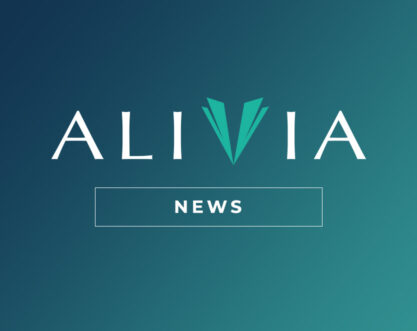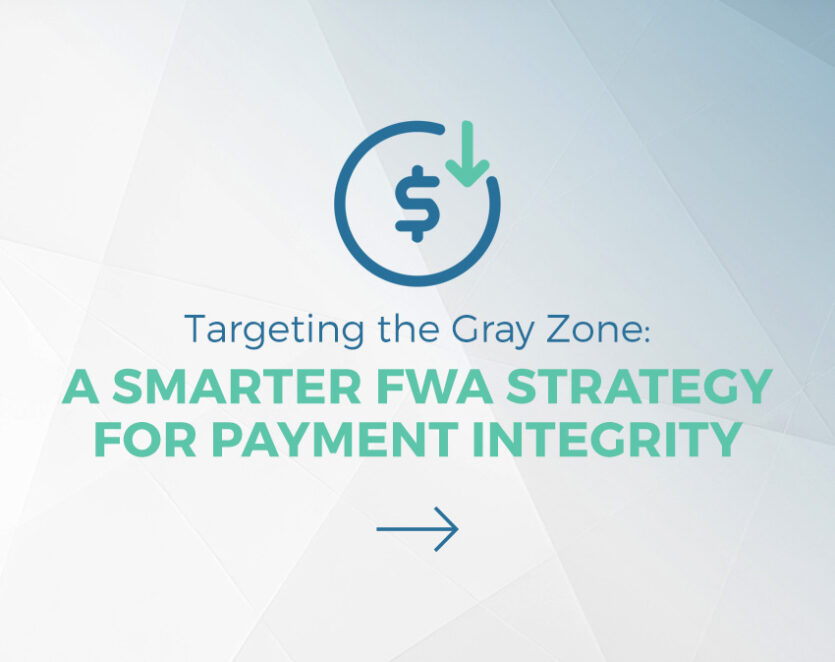Why Healthcare Payers Must Address the Space Between Errors, Fraud, Waste & Abuse
When it comes to payment integrity, not all claims fall neatly into categories. Some are clear-cut cases of fraud. Others stem from mistakes—miscoded services, missing documentation, or confusing policy changes. And then there’s the “Gray Zone”—the space between errors, waste, abuse, and outright fraud—where billions in improper payments quietly slip through.
For healthcare payers, this zone represents both a challenge and an opportunity. It’s difficult to detect, but rich with untapped savings and risk reduction. Addressing it requires a new kind of strategy—one that combines early detection, intelligent automation, and integrated oversight.
Redefining the Payment Integrity Problem
Too often, payment integrity programs focus on what’s already been paid—recovering overpayments after audits or responding to flagged provider behavior. But these strategies miss what happens before a claim is paid and overlook the nuanced behavior that doesn’t rise to the level of fraud, yet still drains valuable resources.
The real opportunity lies in identifying and stopping patterns of improper billing—even when they don’t meet traditional definitions of FWA.

The Gray Zone Explained
This middle ground includes:
- Repeated errors by a single provider that indicate misuse rather than malice
- Questionable service patterns that skirt policy limits
- Claims that appear valid in isolation but reveal waste when reviewed in aggregate
It’s in this Gray Zone where analytics and machine learning can uncover issues traditional edits and rules might miss. And it’s where Alivia helps payers shift left and take smarter action.

How Payers Can Target the Gray Zone
1. Start with Early FWA Detection
Flag high-risk claims before adjudication using risk scoring, configurable edits, and pend-and-review logic. By intervening earlier, plans reduce both financial exposure and downstream effort.
2. Use Unified, Analytics-Ready Data
A centralized data fabric like DataChrome™ ensures payers have clean, standardized claims data to spot subtle patterns and evolving risks across providers, members, and services.
3. Blend Pre- and Post-Payment Strategies
No single line of defense is enough. By integrating pre-payment controls with post-payment audit refinement, payers can improve first-pass accuracy and strengthen long-term recovery strategies.

The Alivia 360™ Advantage
The Alivia 360™ Platform is purpose-built to target the Gray Zone—where errors, fraud, waste, and abuse converge. It powers a continuum of oversight, helping payers:
- Detect FWA before payment
- Refine rules and audits over time
- Surface patterns traditional systems overlook
- Improve compliance with CMS, OIG, and Medicaid guidelines
Solutions like like FWA Claims Manager™ (pre-pay preventive analytics) and FWA Finder™ and Alivia Case Manager™ (post-pay recovery analytics) work together with payment integrity solutions that validate accuracy, medical necessity, and compliance through editing, clinical audits, and data modeling—giving plans the intelligence, flexibility, and control they need to act earlier and investigate smarter.
Conclusion: Make the Gray Zone a Strategic Focus
The Gray Zone isn’t just a blind spot—it’s a strategic frontier for health plans seeking to modernize payment integrity and get ahead of improper payments. With the right data, tools, and platform, payers can stop more waste before it happens, recover what others miss, and strengthen trust across the care ecosystem.



